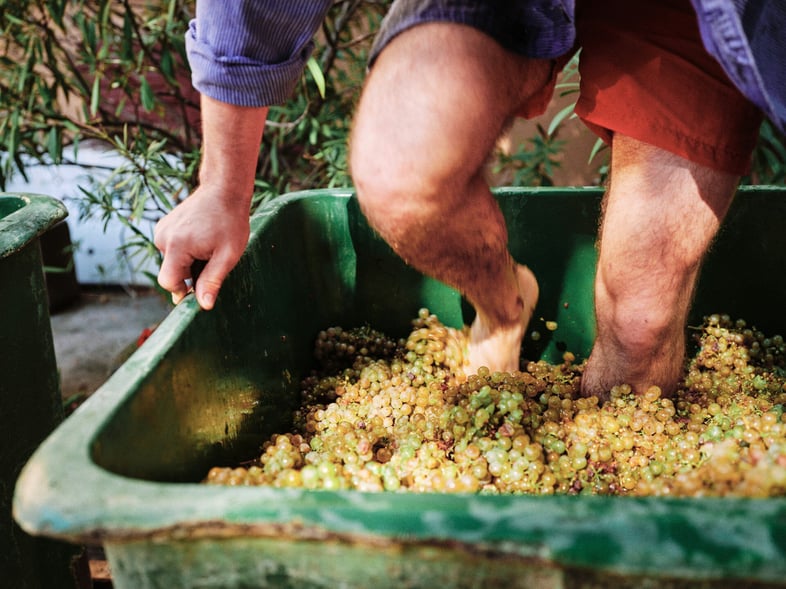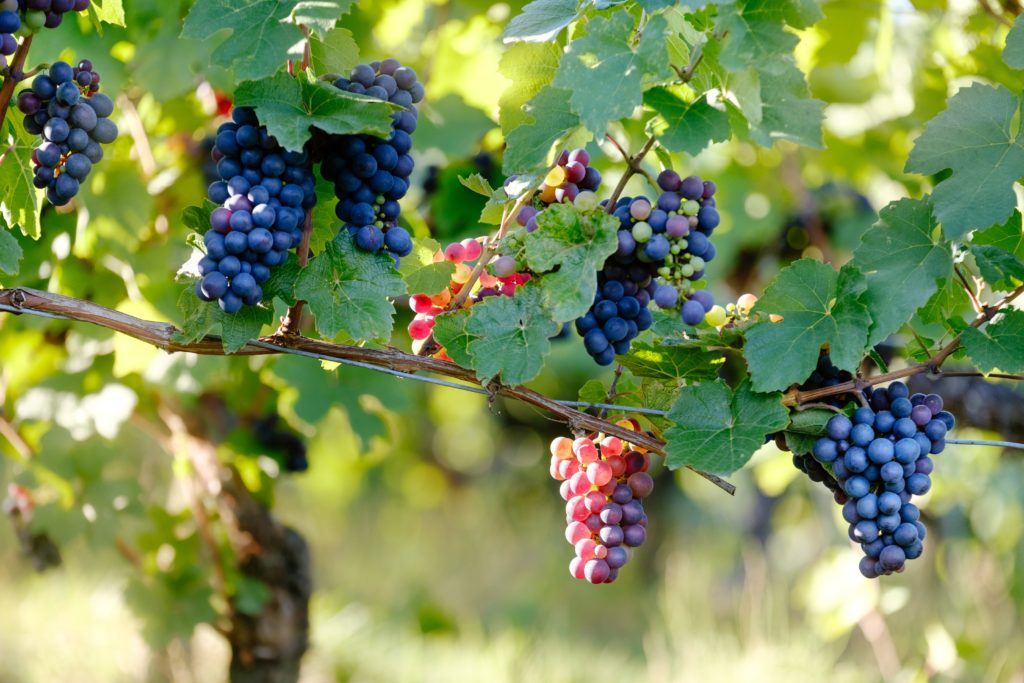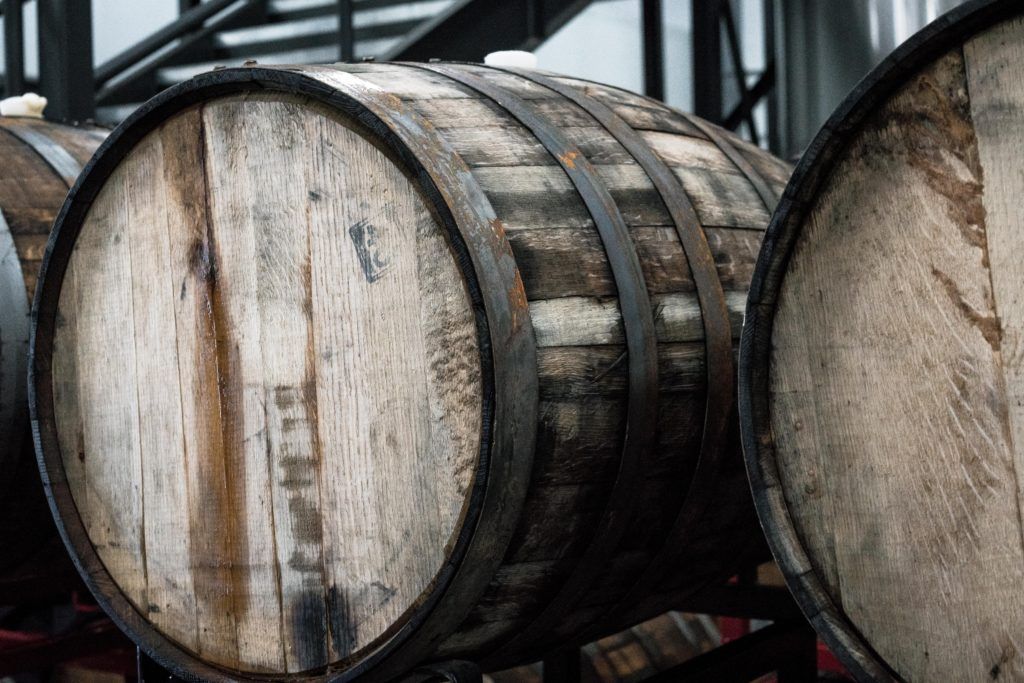Ever wondered how wine is made? In our latest video we guide you through the entire process. If you’re old skool, don’t worry, we have you covered, there’s a video transcript below. Enjoy!
Judging by your interest in this blog it’s probably safe to assume that you enjoy the odd glass of wine.
But, while plenty can tell the difference between Merlot and Pinot Noir, the origins of our favourite bottle are a complete mystery to many.
When it comes to winemaking, you might imagine an eager French man rolling up his pantaloons and feeling some grapes between his toes. But I can assure you there’s a little more to it.
In this blog, we’ll show you how the humble grape becomes one of the most celebrated drinks in the world.

How was wine made in the past?
Winemaking has a long and fascinating history, for example in Georgia. The earliest evidence of such dates back as far as 6000 BC, meaning our ancestors may have been sipping on wine before they were domesticating horses.
It’s believed that early winemakers mixed grapes with rice to produce fermented, alcoholic drinks.
It may be uncommon now, but Grapes have been pressed and juiced by human feet for thousands of years, that was until the Ancient Romans invented industrial wooden presses.
While the basic techniques have stayed the same, thanks to the wonder of technology, winemaking has been revolutionised. And you may be pleased to know modern winemaking is almost entirely toe-less.
1. Harvesting the grapes
First of all the ripe grapes must be harvested. This task is generally done by machines, in which grapes are shaken off their stems and collected.
However, where vineyards are steep, hard to access, or labour is cheap winemakers may choose to harvest by hand. Contrary to popular belief hand harvesting has little to no effect on the quality of the wine.
2. Fermentation
This next part of the process is where red, white and rosé wine differ greatly. It’s a common misconception that all white wines are made from white grapes. But, in fact, many wonderful white wines are produced from black grapes. What creates the colour is the inclusion of grape skins.
Red wines and rosé wines get their reddy colour by being fermented with their black grape skins still on. The skins of the grapes not only add colour, but they’re where red and rose wines get their tannins and a lot of their flavour.
Red wine is fermented in large open vessels. These allow winemakers to punch and push the wine, extracting further flavours from the skins.
The wine can be in contact with the skins for anything from five days to two weeks. While rosé wines are removed from their skins within hours, so that they don’t take on too much colour. By contrast, white wines are fermented without skins.
Both red, white and rosé wines are fermented at low temperatures. Twelve to 22 degrees for white and rose, while red is warmer at 20 – 32 degrees.
This fermentation process is the most important part of wine production. It’s where the yeast is added, which will convert the sugar found in the juice to ethanol and carbon dioxide, giving the wine that oh-so-important alcohol content. This can take up to four weeks.
3. Maturation
Once the juice has fermented, it’s moved to separate vessels to mature. For cheaper wines these are usually stainless-steel tanks, however, plenty of premium wines are fermented and matured in oak barrels to add complex toasty-smoky flavours.
Maturation is where the wine develops complex flavours. If matured in old oak barrels, these vessels are porous and allow small amounts of oxygen to dissolve in the wine. This is important as this reaction softens the tannins and makes the wine taste smoother.
Maturation periods are varied depending on what the winemaker is trying to create. Some producers age their wine for five years or more. While some wines are made deliberately for early drinking – certain wines go on sale within a few months of the harvest.
4. Fining and bottling
Unless the wine is organic or ‘natural’, the wine is clarified using a process called fining. This removes unwanted particles in the wine. Mostly this is done using minerals like bentonite, but some producers use egg white or gelatine.
None of the fining agents remains in the bottle: it gets filtered out.
Finally, the wine is bottled. And voilà! There you have it, wine, from grape to bottle.





